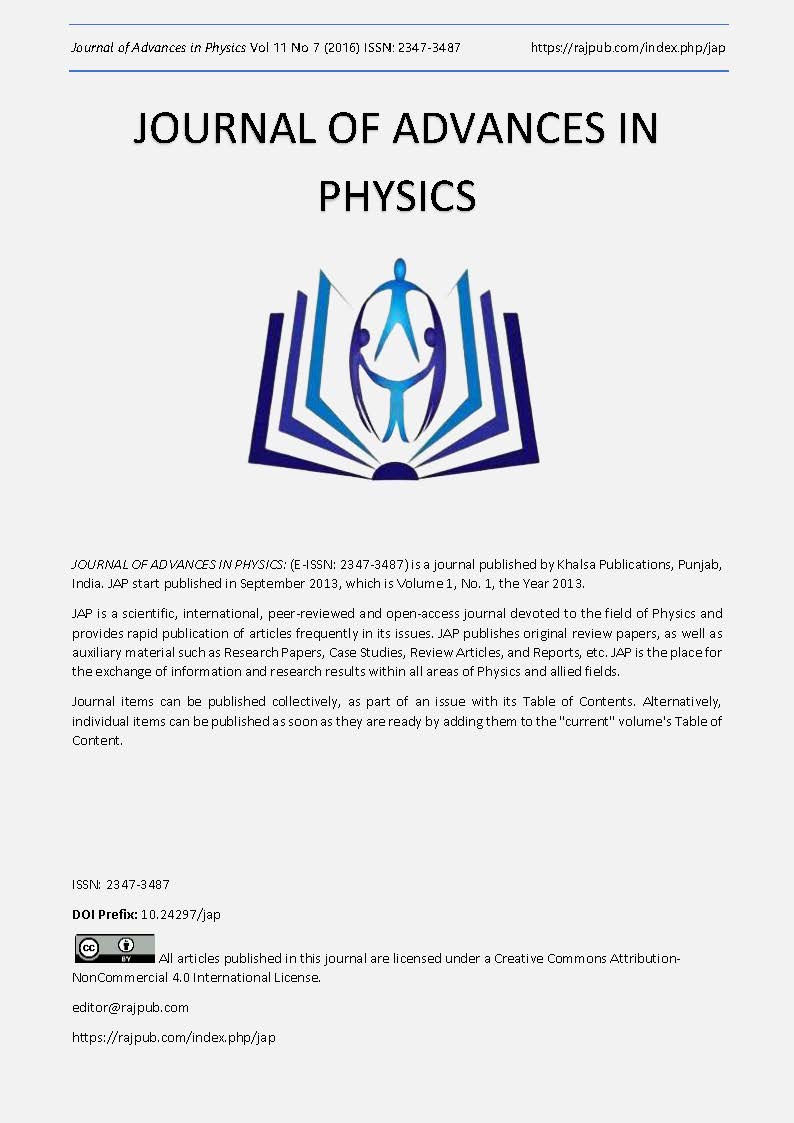Atomic disruption beam theory
DOI:
https://doi.org/10.24297/jap.v11i5.296Keywords:
atomic, disruption, beam, liquification, laser, energy, armour, McMahon, particle, neutron, atom, molten, plasma, heat, melting, metal, molten metal, liquid metal, shielding, electron charge, nucleus charge, charge shielding, nuclear charge shielding, eleAbstract
In this paper, I discuss the theory behind the use of a dense, concentrated neutron particle-based beam. I look at the particle based physics behind such a beam, when it is focused against solid material matter. Although this idea is still only theoretical, it appears that such a beam may be capable of disrupting the stability of the atoms within solid matter- in some cases by passing great volumes of neutrons between the electron and nucleus thus effectively shielding the electron from the charge of the nucleus. In other cases, by disrupting the nucleus by firing neutrons into it, disrupting the nucleus and weakening its bond on electrons. In either case- the resulting effect would be a disruption of the atom, which in the case of material matter would cause said material matter to fail, which would appear to the observer as liquification with some plasma generation. Thus, a dense neutron particle based beam could be used to effectively liquefy material matter. Such a beam could bore through rock, metal, or even thick, military grade armour, like that used on tanks- causing such materials to rapidly liquefy. The denser and thicker the neutron beam, the more devastating the effect of the beam- thus the faster material matter will liquefy and the greater the area of liquification. Such a beam would have applications in Defence, mining and drilling operations.
Downloads
Downloads
Published
How to Cite
Issue
Section
License
 All articles published in Journal of Advances in Linguistics are licensed under a Creative Commons Attribution 4.0 International License.
All articles published in Journal of Advances in Linguistics are licensed under a Creative Commons Attribution 4.0 International License.




